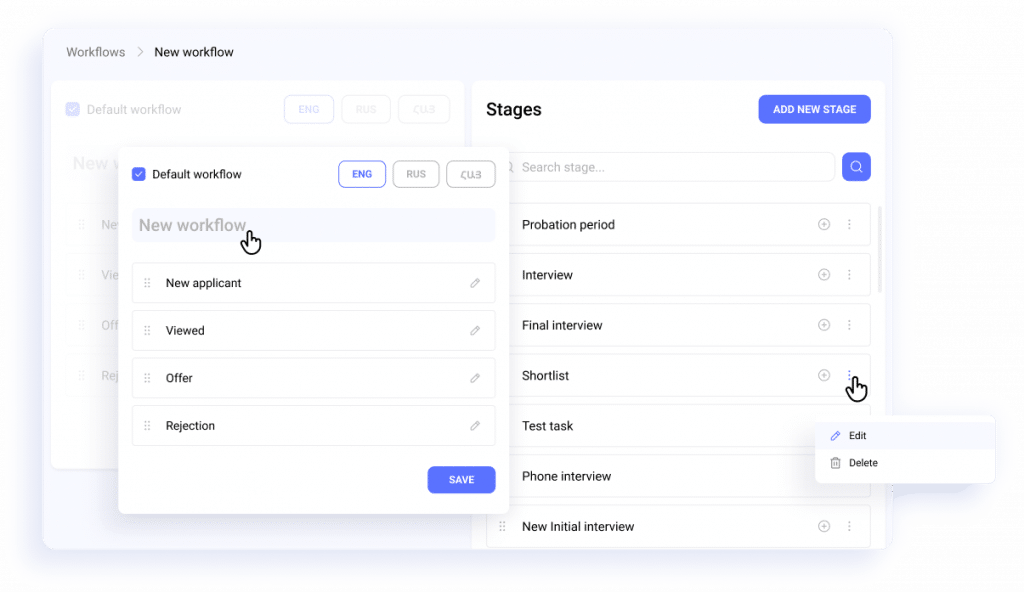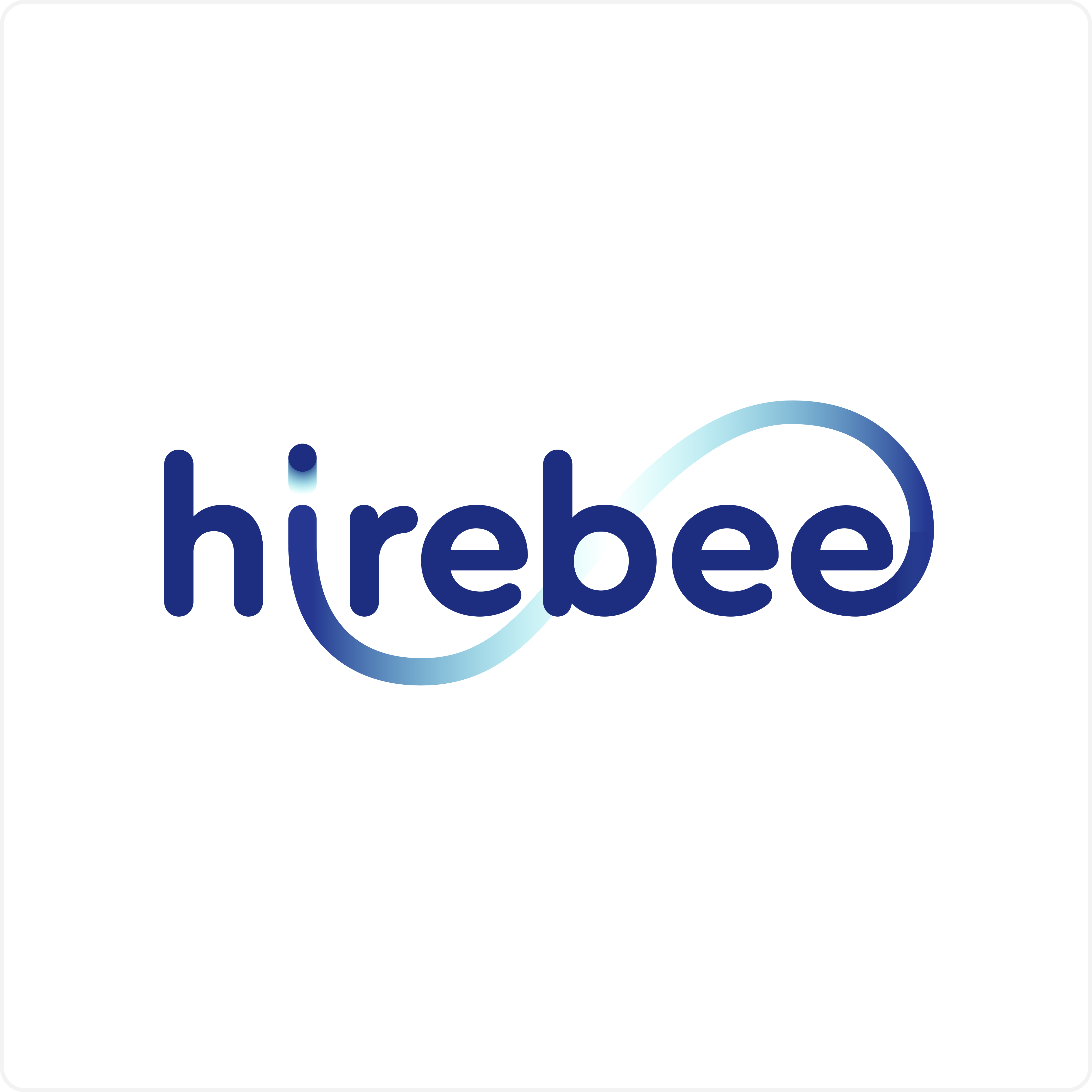In an increasingly competitive job market, developing a good candidate experience has become essential in recruitment. Yet it can be difficult to make the desired changes to improve candidate experience and bring about happier candidates.
There can be multiple solutions to improving the candidate experience, as all parts of the candidate journey can be optimized to keep your candidates engaged and happy. However, the most practical solution is the automation of recruitment.
Table of Contents
ToggleWhy the candidate experience is important
Why is the candidate experience important and how does it benefit us to keep our candidates happy and engaged? Firstly, a good candidate experience is one of the factors that your applicants will take into account before accepting your job offer. This is true for over half of job seekers, and these are very likely to be some of the most qualified candidates who have multiple job opportunities. Taking this into account, a bad candidate experience can make hiring the candidates you worked so hard to find a 50/50! Or even worse, some of your candidates may drop out of the recruiting process mid-way to accept other offers without even considering yours!
This sounds like a true nightmare for employers, and there are a lot more ways in which a poor candidate experience can negatively impact recruitment. From employer branding, to keeping rejected candidates in your talent pool for future job offerings,. So instead of letting a poor candidate experience kill your conversion rates, make the most out of your recruitment efforts with recruitment automation.
More on why the candidate experience is important >> Why the Candidate Experience is Important – Hirebee
How recruitment automation can improve candidate experience
A sluggish recruitment is the main reason behind a poor candidate experience. Because as it turns out, it’s not only the employers who are anxious to see which candidates have been selected. The applicants themselves are also eagerly anticipating updates on the status of their application. Hiring teams which have successfully mapped out their recruitment process from start to end, can quash this uneasy suspense by regularly updating all of their applicants on the status of their application immediately as they are moved through the hiring process.
How communication with candidates can be automated
To keep your candidate updated on the status of their application, hiring teams need to first be able to be aware of the status themselves. A hiring process which doesn’t keep things structured will frustrate not only the applicants but the recruiters on the team as well. Recruiters need to have their process planned out step by step, where applicants are constantly either being filtered out of the recruitment funnel or moved to a new stage. Hiring teams must have these different stages in place to maintain communication with candidates through every step of the way.

The key to structuring your hiring process >> Why standardization is key for a structured hiring process – Hirebee
Separating the hiring process into different stages
Separating the hiring process into different stages gives hiring teams the benefit of attaching a clear purpose for every hiring stage. When screening and evaluating candidates, each separate stage will have certain criteria and a methodology for evaluating the candidates to decide who will advance through to the next stage, and who will be filtered out of the recruitment funnel and into the talent pool. Doing this not only makes your candidate selection process more effective, but also makes it easier to communicate to candidates exactly what stage they are at.
Set up your candidate screening and evaluation stages with this tutorial >> Screening and Evaluating Candidates: An HR Tutorial – Hirebee
How to automate recruitment with recruiting software
Senior recruiters report that they spend 54% of their time on maintaining current client and candidate relationships when not filling jobs. That’s a big amount of time, time that no business can afford to sacrifice, not even for improving the candidate experience. Instead of dedicating crazy amounts of time to manually emailing candidates every time they are moved through the hiring process, businesses can automate communication with candidates through recruiting software.
After mapping out your recruitment process to a tee, it is now essential to be able to execute it. Having everything in place, the entire recruitment funnel you mapped out can be replicated with recruiting software, which will then provide you with recruitment automation functionalities. Besides automated communication with candidates, automating recruitment with software provides many other key functionalities which amplify your recruitment.
Here’s how businesses are setting up their recruitment process with software to automate their communication with candidates.
Learn more about recruitment automation >> Recruitment Automation – Hirebee
Setting up recruitment workflows
With recruiting software, the different hiring stages set out for applicants are compiled with workflows. Different workflows are made up of different sequences of hiring stages, and each of these workflows can be assigned to job announcements, whereby all applicants to a vacancy are moved through the same hiring stages.

Creating email templates for each hiring statuses
Each of these separate hiring stages have an email template assigned to them which are customizable and are sent to applicants upon changing the status of their application. There are default workflows with default email templates already prepared for users, but these templates can also be customized by users and personalized on a case by case basis when needed.
Through mail integration with the software, users don’t have to leave their dashboard and switch back-and-forth between reviewing applicants and sending them a message. Emails are sent immediately to the applicants as they are moved through the different hiring stages and their application status is changed. Either done automatically with email templates or with personalized mails, communication is just way more convenient and ingrained into the hiring process this way.
Interview scheduling
Interview scheduling is one of the sneakiest time killers of the recruitment process. So much so that 56% of businesses have a dedicated member in their hiring team who is solely responsible for scheduling interviews. However, many businesses now have started to automate interview scheduling with software.
The main problems hiring teams face when scheduling interviews is finding hours for mutual availability. An age-old problem, with constant back-and-forth communication and misunderstanding. Luckily, interview scheduling software have provided a practical solution, which shows the available time slots of a calendar which recipients book. The calendar updates in real time, closing time slots and booking meetings instantaneously, requiring no back-and-forth and no confirmation on the recruiter’s side.
Learn more about automating interview scheduling for your recruitment >> Interview scheduling – Hirebee
Conclusion
In conclusion, communicating with candidates throughout their journey is one of the most effective ways to improve candidate experience. However, there is a time constraint which can make sending timely emails a real hassle, putting a strain on your recruitment processes which just isn’t worth it. Fortunately, recruitment automation solves this problem by automatically sending pre-written emails to candidates. Ultimately, refining your recruitment with automation is the only practical way of improving the candidate experience without sinking too much precious time.









